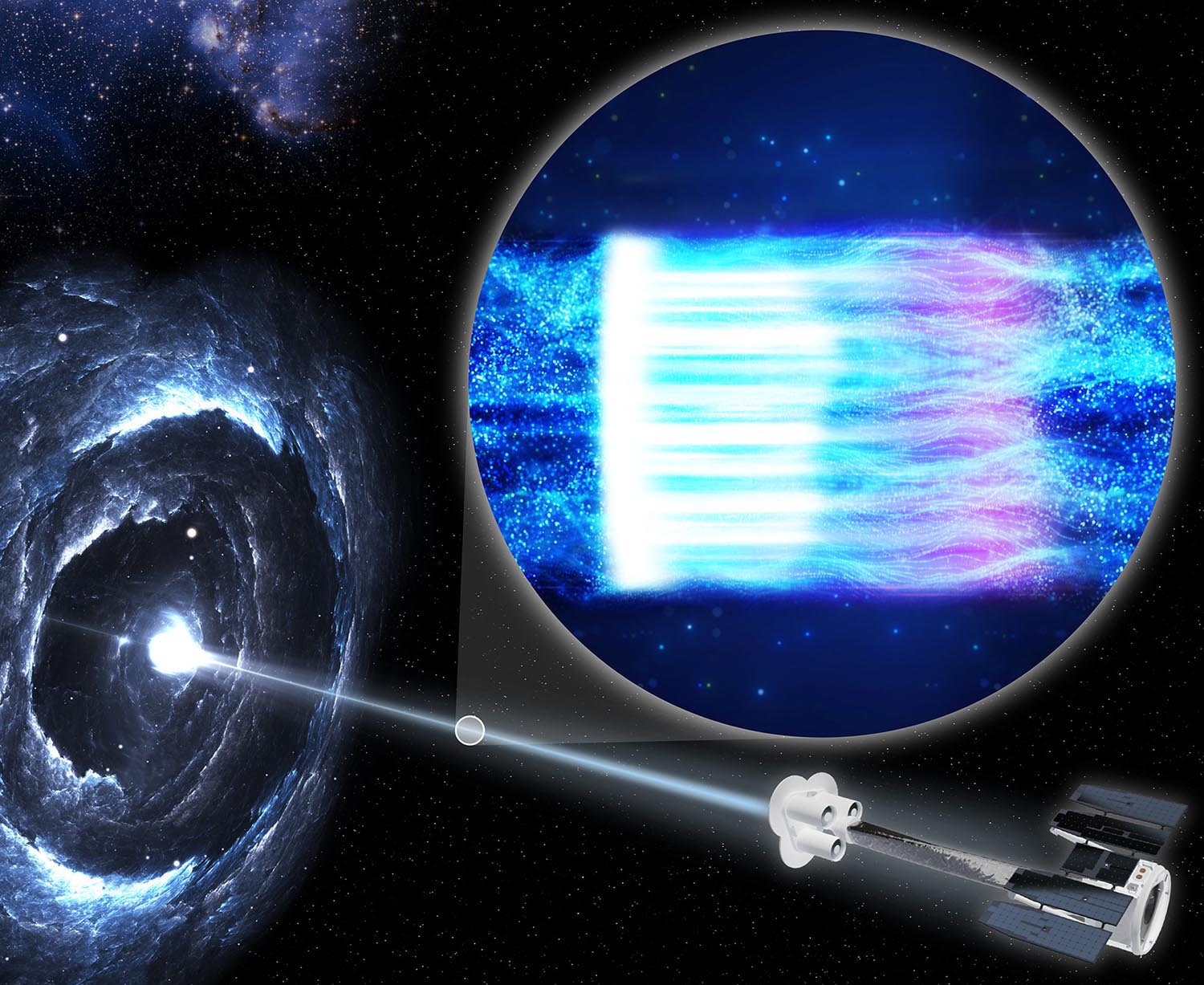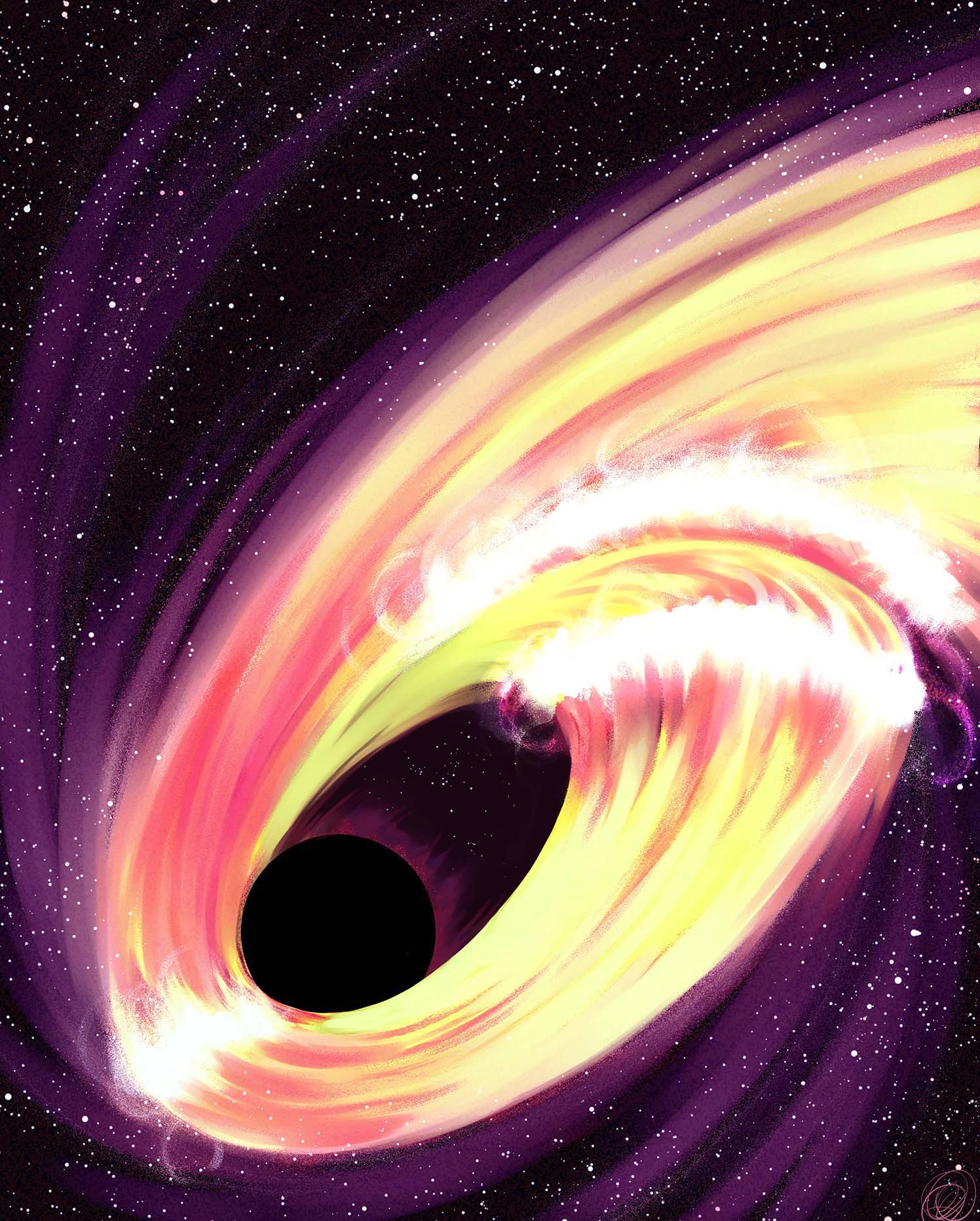All Science News

ERC Starting Grant Awarded at the Institute οf Astrophysics of FORTH to study Violent Phenomena around Supermassive Black Holes
Ioannis Liodakis, a NASA postdoctoral fellow at the Marshall Space Flight Center, was recently awarded the prestigious European Research Council (ERC) Starting Grant. The ERC Starting Grant will provide 1.5M euro in funding for Dr. Liodakis to build his group at the Institute of Astrophysics at FORTH. He aims to use Skinakas Observatory, the common research infrastructure of the University of Crete and FORTH, in order to uncover the origin of violent and explosive phenomena around supermassive black holes.
Supermassive black holes, that have millions to billions the mass of our Sun, are the most intriguing cosmic laboratories enabling scientists to study fundamental physical phenomena in regimes that could never be reproduced in our laboratories here on Earth. They are known to interact with their environment in many different ways, but most notably by forming gaseous disks which funnel gas into their centers as well as collimated streams of plasma flowing out at extreme velocities. While we observe and study such structures through their emission of light, particles, and more recently with the gravitational waves produced by them, little is known as to how they are formed and how particles in the plasma get energized to the extremely high levels required to produce the radiation we observe from our telescopes on Earth.

Graphical representation of the IXPE satellite measuring the polarization of light from the plasma stream coming from a supermassive black hole.
Image credit: Pablo Garcia (NASA/MSFC)
The ERC project of Dr. Liodakis will use an -often ignored- property of light, polarization, to study the magnetic fields in the gas and plasma surrounding supermassive black holes. His group aims to uncover the processes related to the formation of gaseous disks after supermassive black holes feed on stars, and how particles are energized in the plasma beams. The group will rely on Robopol, the unique state-of-art polarimeter at the Skinakas observatory, as well as, an assemble of different telescopes in space and on the ground to collect a unique set of data and produce the first comprehensive picture of these explosive phenomena.

Graphical representation of a gaseous disk forming around a supermassive black hole shortly after the destruction of an unlucky star from the black holes’ gravitational forces.
Image credit: Jenni Jormanainen (UTU/FINCA)
It should be noted that this ERC grant will be added to the large number (41) of ERC grants hosted at FORTH, which is also the largest in Greece. In particular, the Institute of Astrophysics of FORTH hosts 5 out of the 6 ERCs awarded in Greece in the area of Universe Sciences, including all 3 ERC Starting Grants, demonstrating the scientific quality and international standing of FORTH and the Institute of Astrophysics.
Short Bio
Ioannis Liodakis obtained his undergraduate and Master’s degree from the University of Patras. Native Cretan, he moved back to the University of Crete and FORTH for his PhD, which he completed in 2017. For his work, he was awarded the Best Young Researcher award by the University of Crete and the Best PhD thesis from the Hellenic Astronomical Society. He continued his career in the USA with a prestigious Fellowship at the Kavli Institute for Particle Astrophysics and Cosmology, at Stanford University. In 2020, he moved to the University of Turku as a FINCA fellow. His research has been recognized by the International Astronomical Union and the Gruber Foundation by awarding him the Gruber Fellowship (2020), as well as by the Region of Crete with the Best Young Cretan Researcher award (2022). Since early September 2023 he has been a NASA postdoctoral fellow at the Marshall Space Flight Center.








